Using X-rays to study batteries and electronics at nanometer scales requires extremely high resolution. Argonne scientists led an effort to build a new instrument and devise a new algorithm to greatly improve the resolution for nanotomography.
Tag: X-ray Science Division (XSD)
Now in 3D: Deep learning techniques help visualize X-ray data in three dimensions
A team of Argonne scientists has leveraged artificial intelligence to train computers to keep up with the massive amounts of X-ray data taken at the Advanced Photon Source.
Scientists repurpose cancer and seizure medications to aid in the fight against COVID-19
Two teams of researchers using the Advanced Photon Source identified existing drugs — one used to treat cancer, the other an anti-seizure medication — that may work as treatments for COVID-19.
A biological fireworks show 300 million years in the making
Scientists using the Advanced Photon Source have determined that amphibian eggs release showers of zinc upon fertilization, just like mammalian eggs. This research could have implications for human fertility studies.
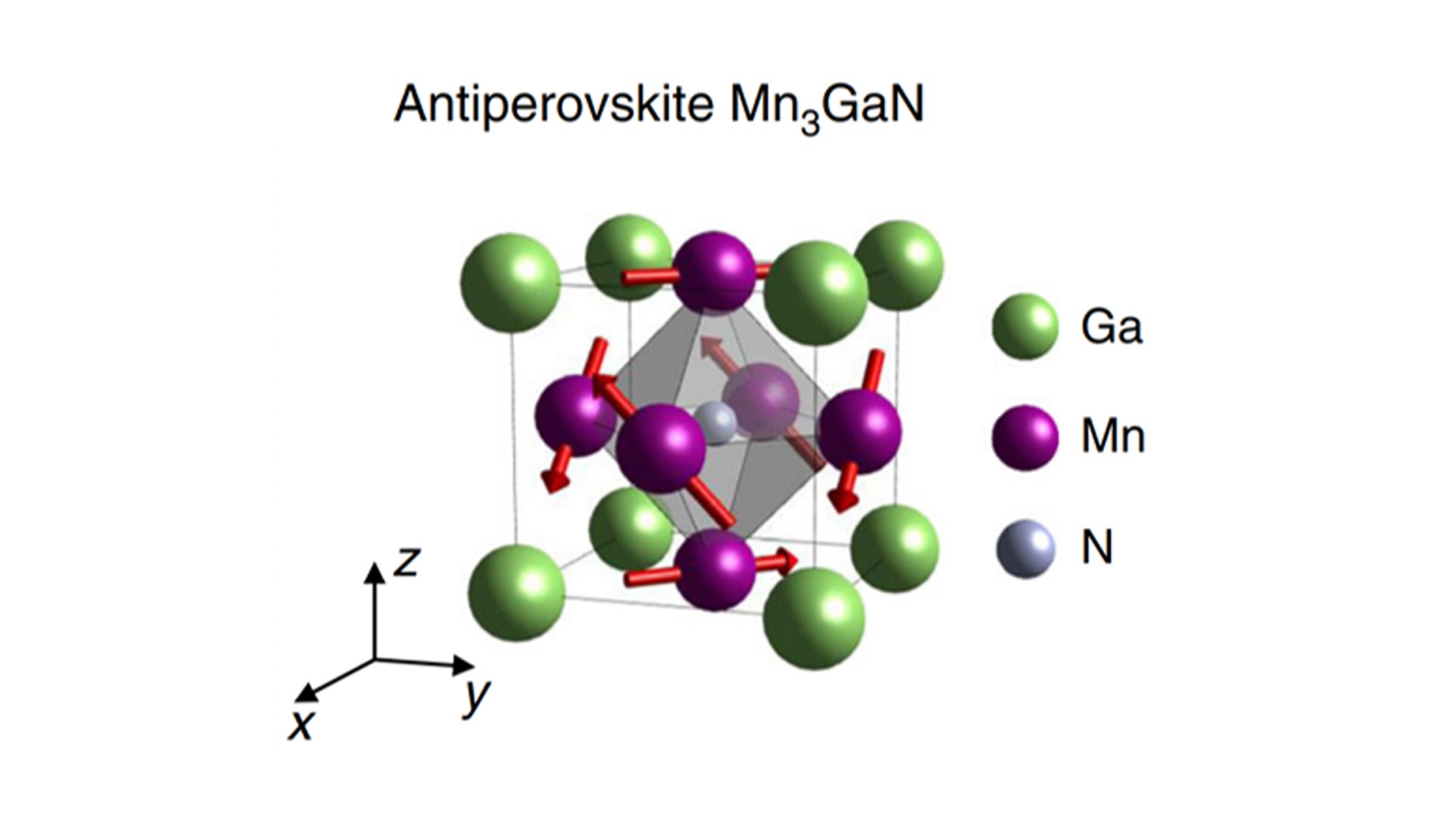
A new spin on energy-efficient electronics
Researchers are harnessing the power of Argonne’s Advanced Photon Source to test new materials for use in spintronics. This emerging field uses electron spin instead of charge, allowing manufacturers to make smaller and more efficient electronic devices.

Tough, yet tender: Scientists firm up research on durable hydrogels
The new material, which the Advanced Photon Source helped characterize, is strong yet stretchable, and could be ideal for creating artificial tendons and ligaments for prosthetics and robotics.
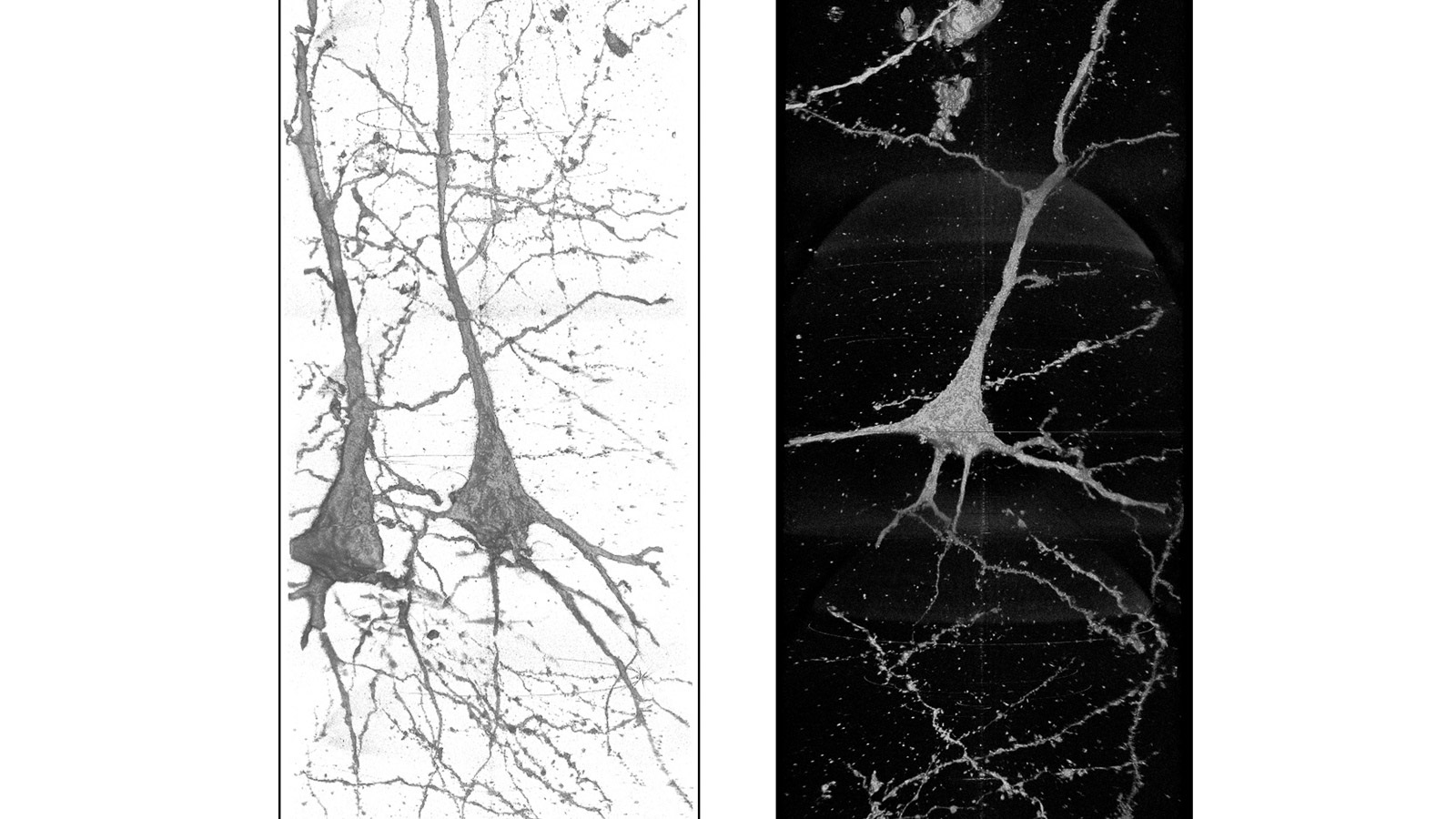
Seeing schizophrenia: X-rays shed light on neural differences, point toward treatment
An international research team used the ultrabright X-rays of the Advanced Photon Source to examine neurons in the brains of schizophrenia patients. What they learned may help neurologists treat this harmful brain disorder.

Worth their salt: New battery anodes use salt for energy, stability
Researchers at the U.S. Department of Energy’s Argonne National Laboratory and the University of California San Diego have discovered that a material that looks geometrically similar to rock salt could be an interesting candidate for lithium battery anodes that would be used in fast charging applications.
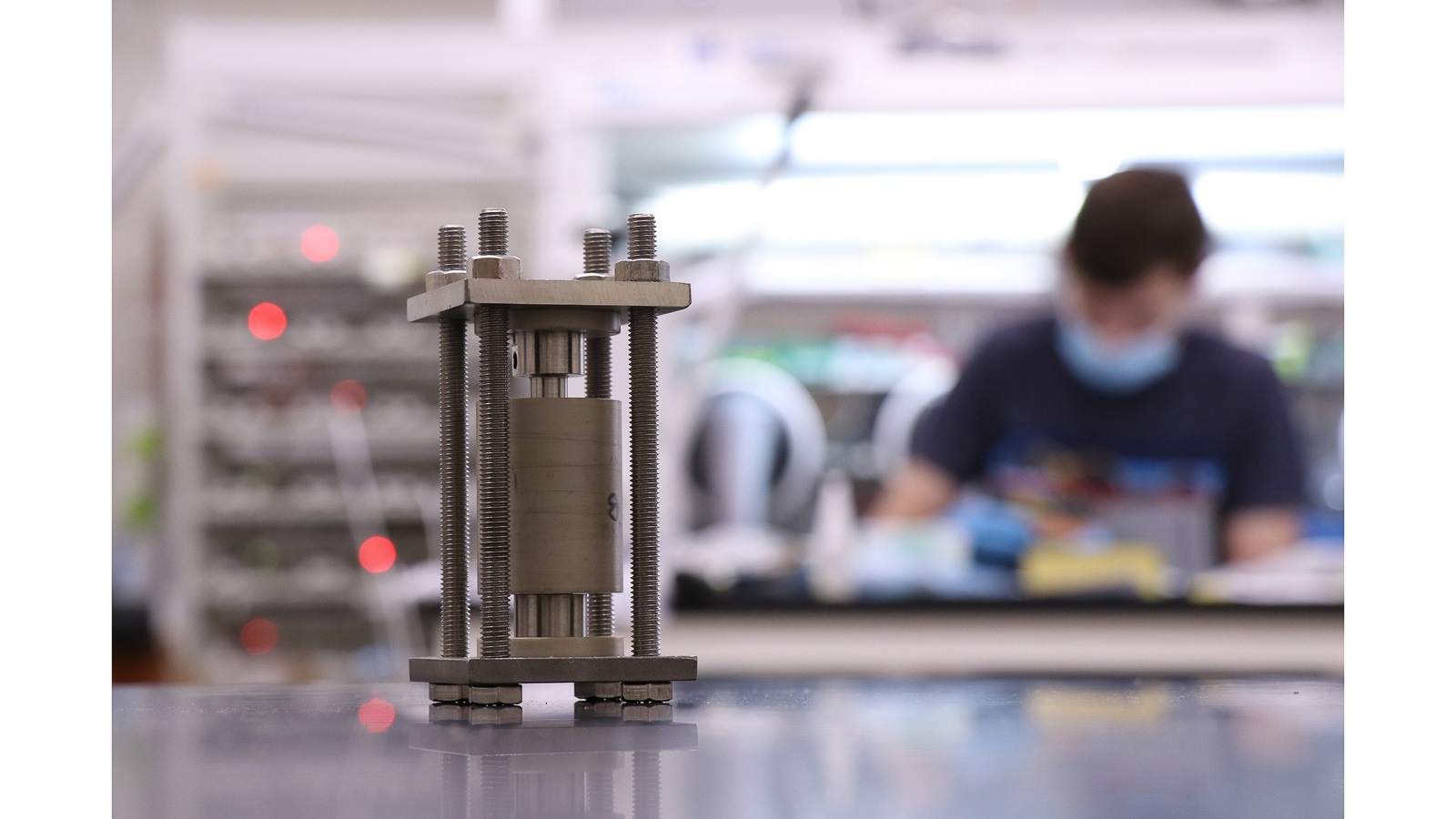
Inside the battery in 3D: Powerful X-rays watch solid state batteries charging and discharging
Using high-speed X-ray tomography, researchers captured images of solid-state batteries in operation and gained new insights that may improve their efficiency.

Beamline scientists connect the world’s researchers to the APS
Every successful experiment at the Advanced Photon Source relies on the knowledge and skills of the beamline scientists who enable the research. What makes a good beamline scientist? Four of them weigh in.

APS plays foundational role in development of COVID-19 vaccines
More than a decade of virus research at the APS laid the groundwork for more effective COVID-19 vaccines and helped speed their rapid development.
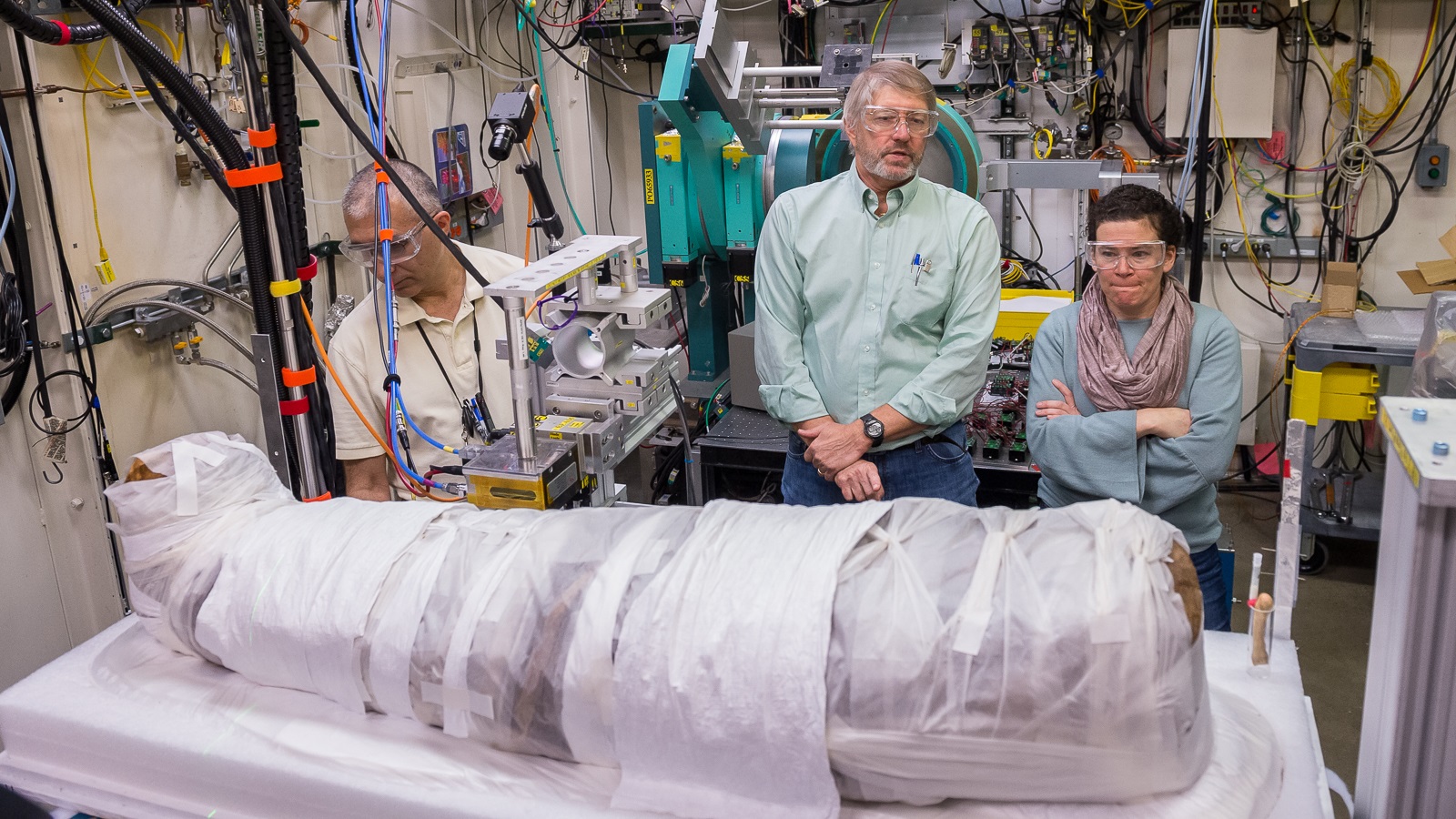
Under wraps: X-rays reveal 1,900-year-old mummy’s secrets
Researchers used the powerful X-rays of the Advanced Photon Source to see the preserved remains of an ancient Egyptian girl without disturbing the linen wrappings. The results of those tests point to a new way to study mummified specimens.
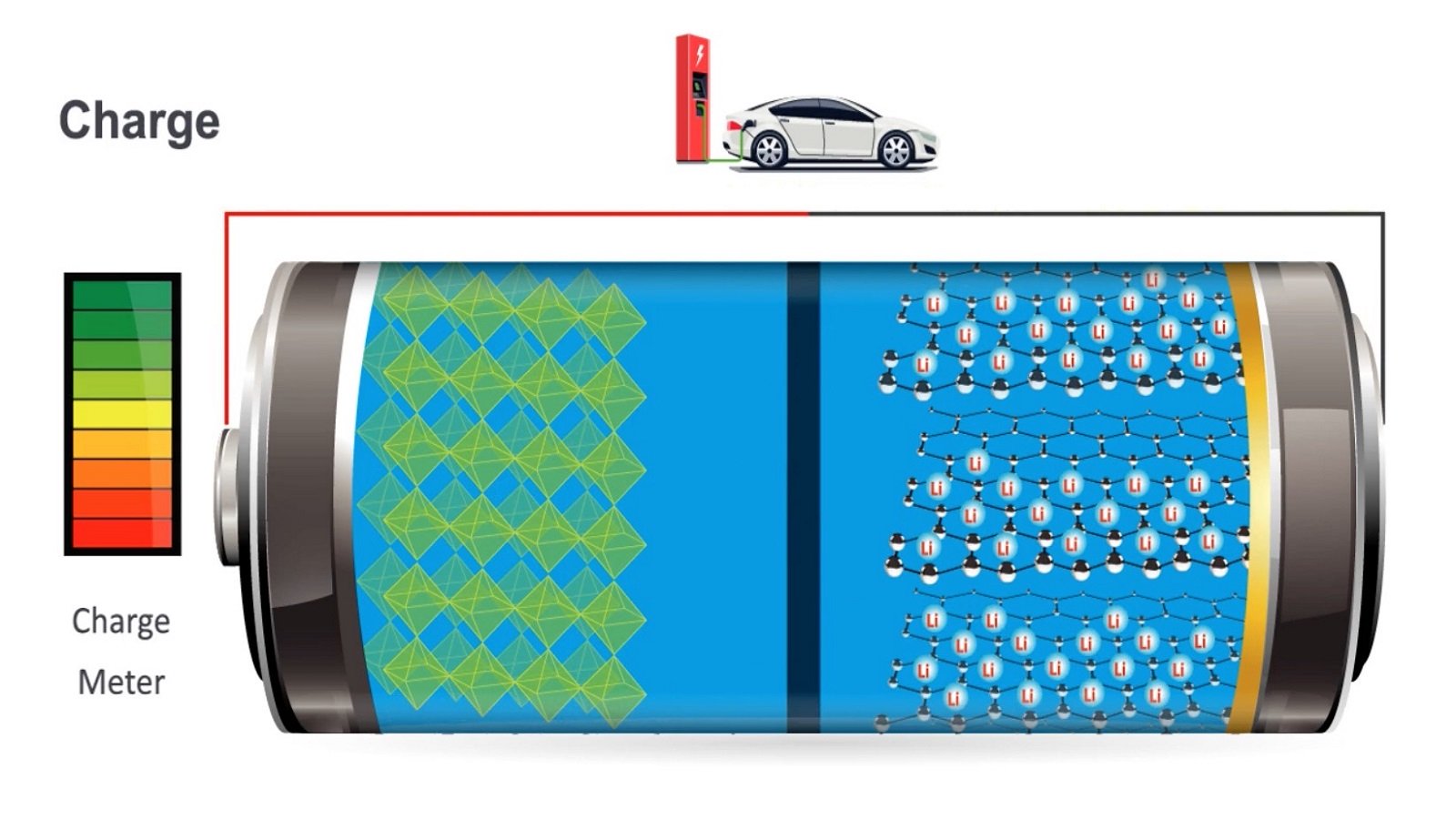
Battery of tests: Scientists figure out how to track what happens inside batteries
The new method could be the key to designing more efficient batteries for specific uses, like electric cars and airplanes.

High-impact research: How meteorite strikes may change quartz on the Earth’s surface
Scientists using a unique combination of capabilities at the Advanced Photon Source have learned more about how meteorites affect one of the most abundant materials in the Earth’s crust.
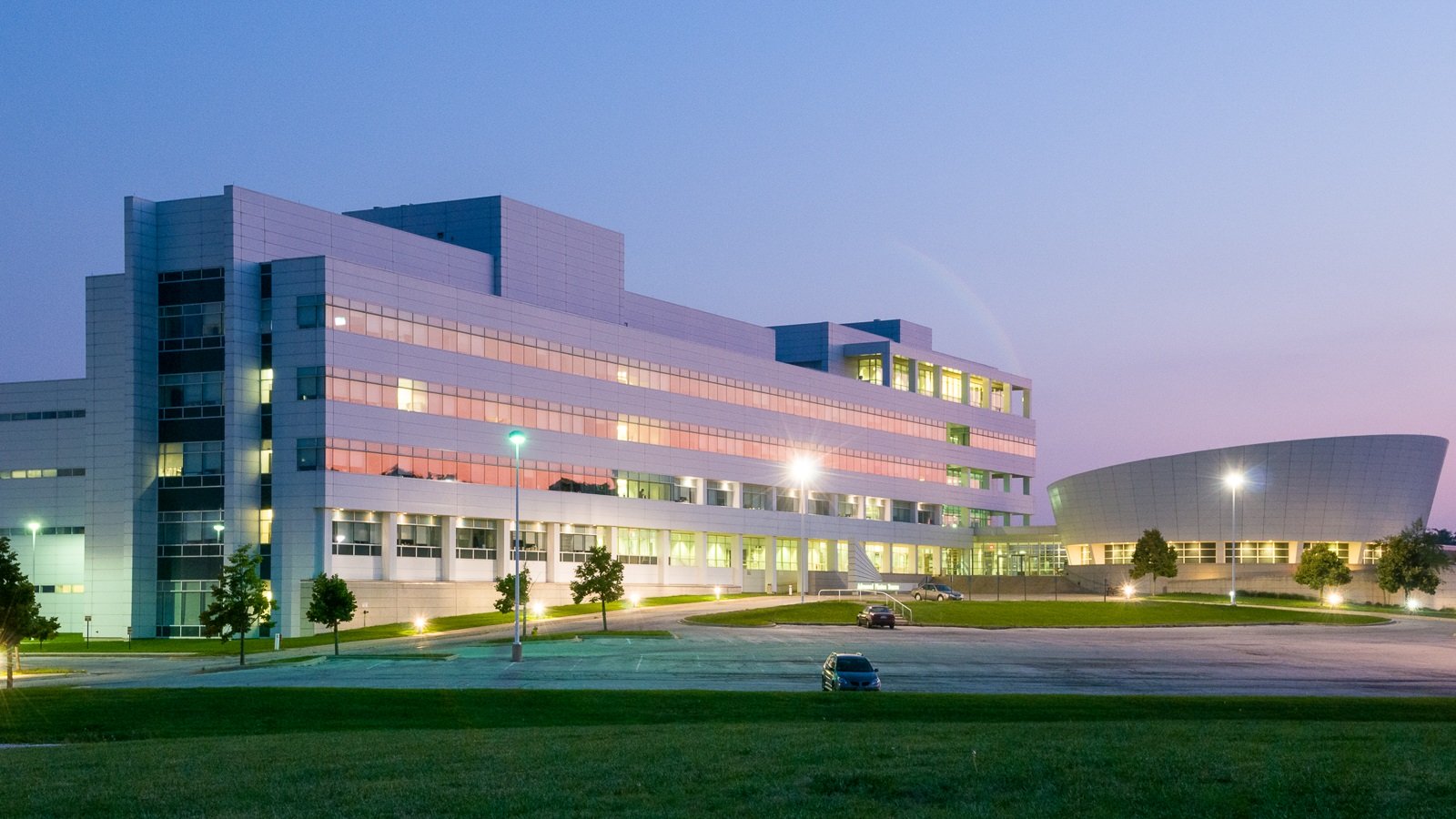
How scientists around the country are using the APS to fight COVID-19
Research teams from across the United States are using a multitude of techniques to study the SARS-CoV-2 virus using the Advanced Photon Source from their homes and institutions.
Filling in the blanks: How supercomputing can aid high-resolution X-ray imaging
Scientists are preparing for the increased brightness and resolution of next-generation light sources with a computing technique that reduces the need for human calculations to reconstruct images.
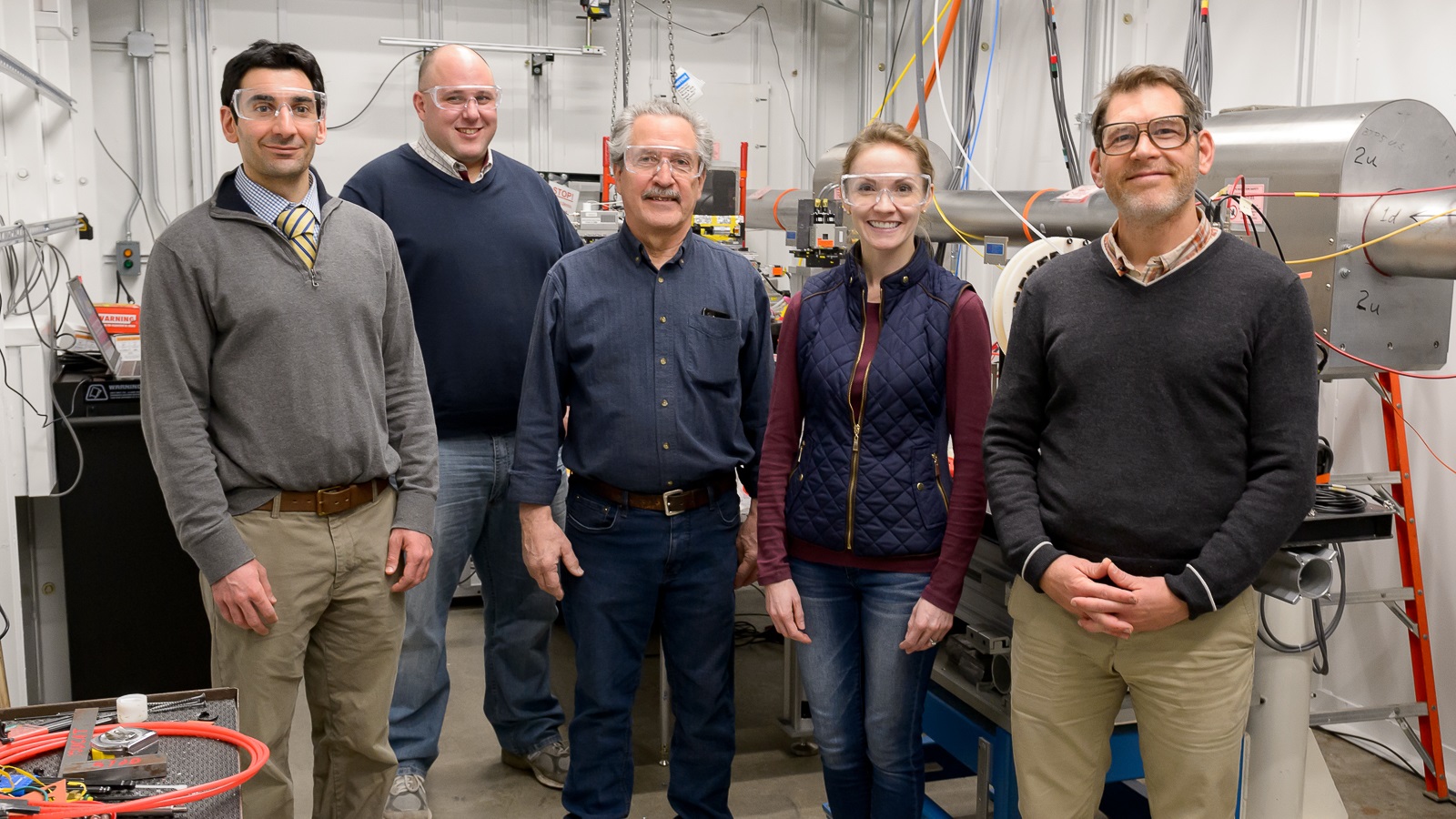
High-throughput X-ray diffraction instrument comes to Argonne’s Advanced Photon Source
A collaboration between Argonne and several universities has led to the creation of a new high-throughput X-ray diffraction instrument that will enable materials research and clear the way for improvements in advance of the APS Upgrade.

Beneath the surface of our galaxy’s water worlds
Scientists have simulated conditions on water-rich exoplanets to learn more about their geological composition, and found a new transition state between rock and water.
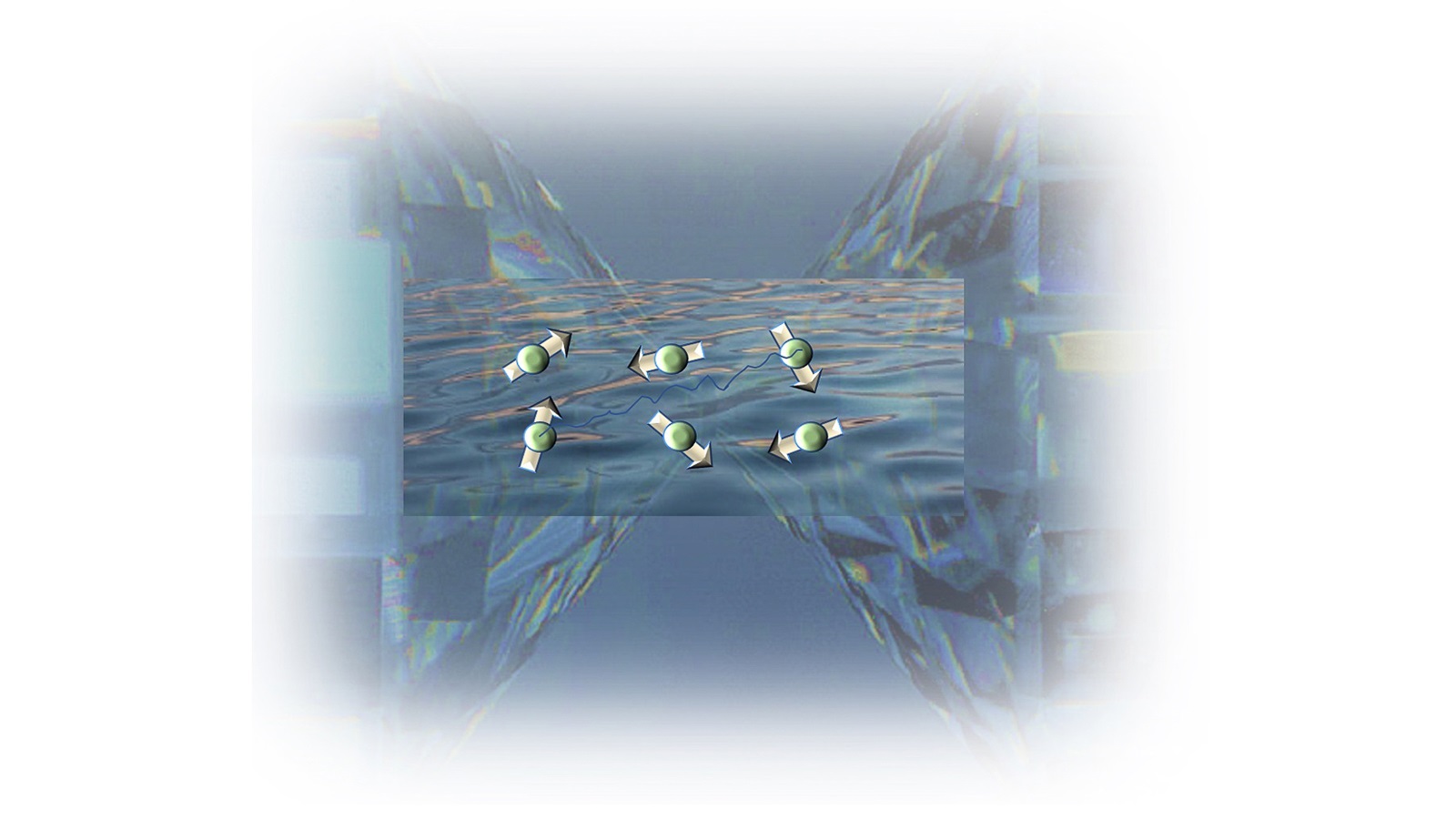
Scientists use pressure to make liquid magnetism breakthrough
Scientists have forced a solid magnetic metal into a spin liquid state, which may lead to insights into superconductivity and quantum computing.

True colors: Using X-rays to trace the evolution of insects’ structural colors
A team of researchers has used ultra-bright X-rays to analyze 13,000-year-old fossilized beetle wings to learn more about the evolution of structural colors.
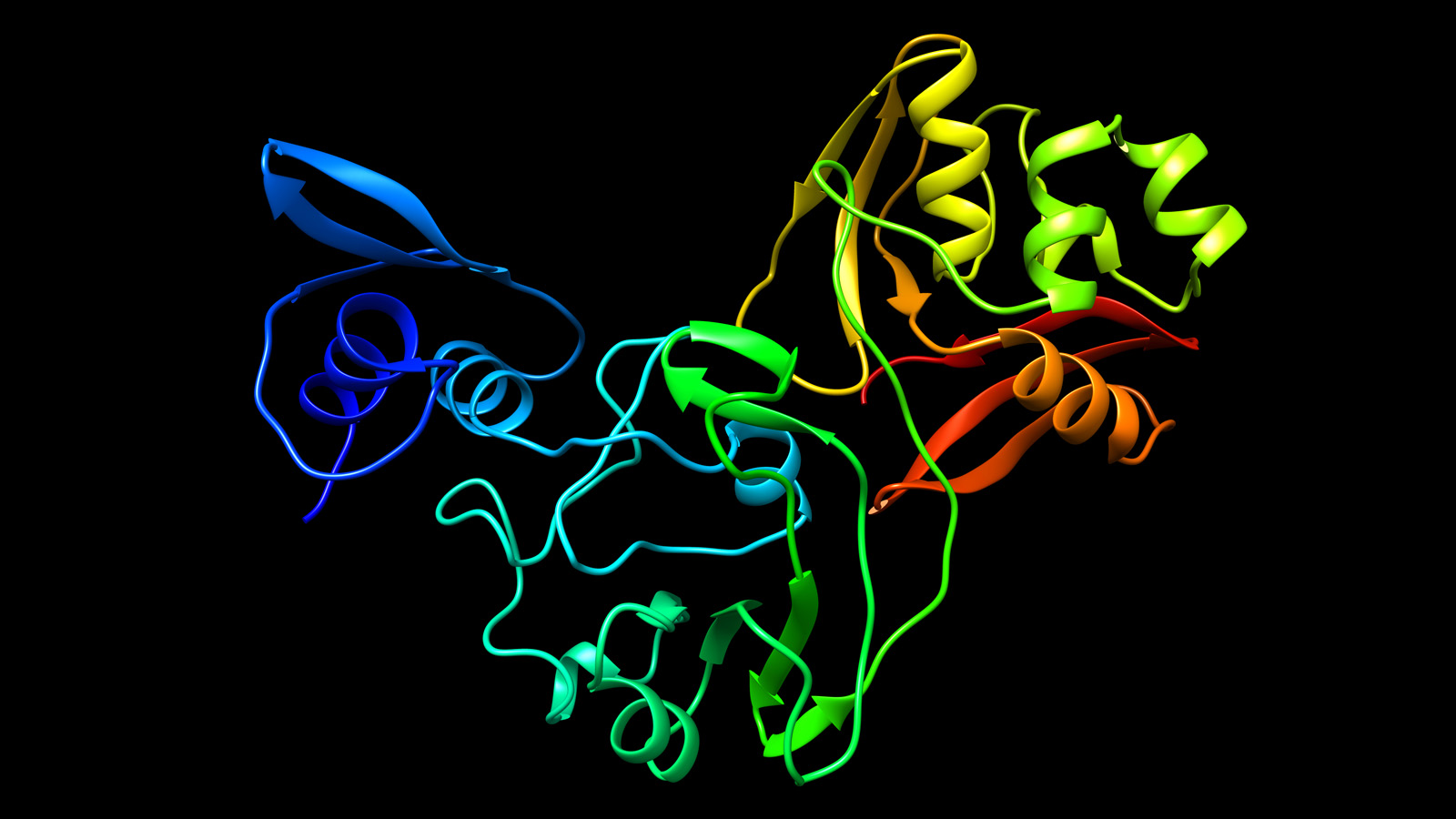
New coronavirus protein reveals drug target
A potential drug target has been identified in a newly mapped protein of SARS-CoV-2, the virus that causes coronavirus disease 2019 (COVID-19). The structure was solved by a team including the University of Chicago (U of C), the U.S. Department of Energy’s (DOE) Argonne National Laboratory, Northwestern University Feinberg School of Medicine and the University of California, Riverside School of Medicine (UCR).